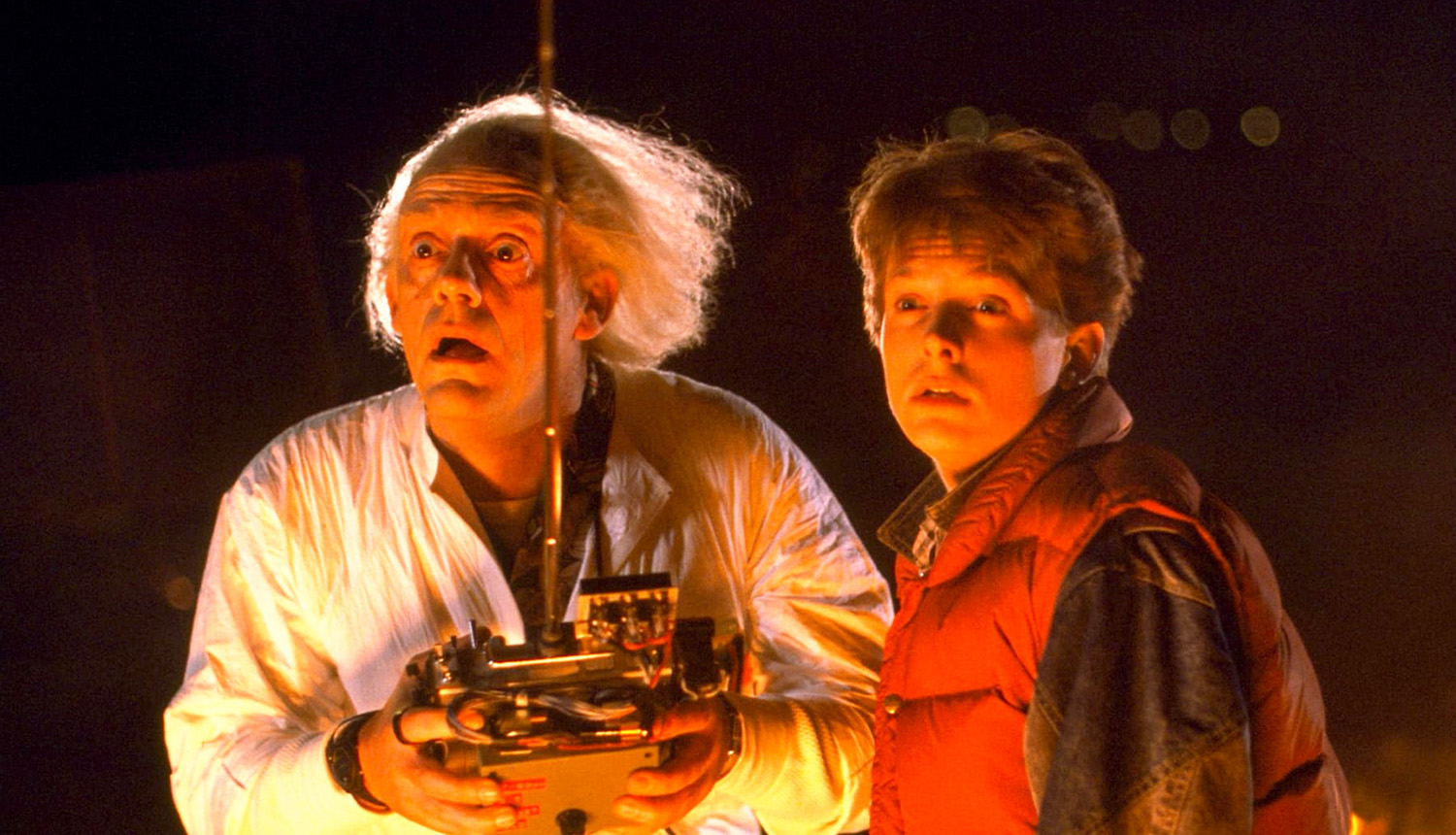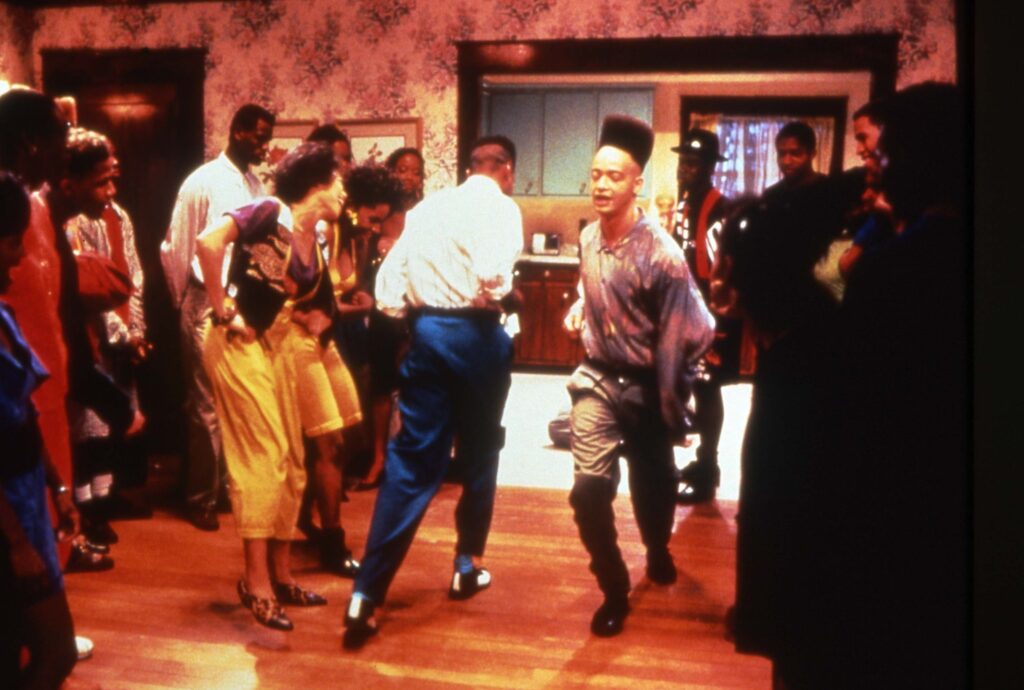Back to the Future:
When Back to the Future hit theaters on July 3, 1985, no one could have predicted that it would become one of the most beloved and iconic films in cinematic history. Directed by Robert Zemeckis and produced by Steven Spielberg, the film blended science fiction, comedy, adventure, and heart in a way that was as groundbreaking as the DeLorean’s first trip through time.
1955 Meets 1985
Nearly four decades later, Back to the Future remains a cultural cornerstone — referenced in everything from cartoons and sitcoms to music videos and political speeches. But what is it about this time-traveling trilogy that keeps generations coming back for more?
The Perfect Fusion of Sci-Fi and Suburbia
At its core, Back to the Future is a story about identity, family, and the consequences of our choices. But it wraps those themes in a shiny flux capacitor-powered shell of sci-fi goodness. The idea of going back in time to meet your parents as teenagers is both hilarious and terrifying, and Michael J. Fox’s portrayal of Marty McFly nails that emotional spectrum perfectly.
Marty isn’t a superhero, a chosen one, or a genius — he’s just a kid with a skateboard, a guitar, and some dreams. That relatability grounds the entire franchise, even as it throws us into high-concept ideas like paradoxes, alternate realities, and flying trains.
Then there’s Doc Brown, played by the incomparable Christopher Lloyd. With wild hair, frantic energy, and memorable catchphrases (“Great Scott!”), Doc became the blueprint for mad scientists in pop culture for decades to follow. But underneath his eccentricity lies a deep sense of morality and responsibility — a character who understands the immense power and risk of manipulating time.

The film’s most brilliant move is juxtaposing two time periods: the nostalgic 1950s and the modern (for then) 1980s. When Marty travels back to 1955, he’s a fish out of water — bringing rock ‘n’ roll, skateboards, and slang that confuses everyone from diner waitresses to his own teenage parents.
But the brilliance lies in how the film explores generational differences. Marty sees his father George as a cowardly pushover, and his mother Lorraine as a strict, overprotective mom. But in 1955, he discovers that they were just as confused, awkward, and hopeful as any teen in 1985. It’s a powerful message: our parents were once just like us, and our actions — even accidental ones — can shape their future, and ours.
The Car That Changed Everything
You can’t talk about Back to the Future without mentioning the DeLorean. The stainless-steel car with gull-wing doors became an instant icon. It wasn’t just a vehicle — it was a time machine, a symbol of possibility, and a metaphor for bold design over practicality.
Originally, Zemeckis and co-writer Bob Gale considered using a time-traveling refrigerator. Thankfully, that idea was scrapped in favor of a DeLorean, and film history was made. Today, DeLoreans are collector’s items, and fans continue to modify them to resemble the one from the movies, flux capacitor and all.
Music and Movie Magic
The soundtrack to Back to the Future deserves its own round of applause. Huey Lewis and the News’ “The Power of Love” became a chart-topping anthem, and Alan Silvestri’s orchestral score still gives fans goosebumps. Marty’s performance of “Johnny B. Goode” at the Enchantment Under the Sea dance is a masterclass in cinematic fun — blending rock history with time-travel hijinks in the most outrageous way possible.
Visually, the film was ahead of its time. From the fiery tire tracks left by the DeLorean to the elaborate Hill Valley sets that transformed depending on the year, the movie was a technical achievement that never forgot its story or characters.
A Trilogy That Grew with Its Characters
Back to the Future Part II took us to the far-off world of 2015 (complete with hoverboards and self-lacing shoes), while Part III brought us to the Old West. Together, the trilogy explored how time travel affects not just one person, but entire families and even towns. Biff Tannen’s transformation into a Donald Trump-like tycoon in an alternate 1985 was a dark — and shockingly prescient — take on unchecked power and greed.
But more than anything, the sequels expanded on the heart of the story: the bond between Marty and Doc. It’s rare to see a genuine friendship between two such different characters — one a high schooler, the other an eccentric scientist — portrayed so sincerely.
A Legacy That Keeps Traveling
Even after the final installment in 1990, Back to the Future has remained a vital part of pop culture. A Saturday morning cartoon, comic book series, video games, merchandise, and a stage musical have all followed. In 2015, fans celebrated “Back to the Future Day” — October 21, 2015 — the exact date Marty and Doc arrived in the future.
What’s more, the trilogy has aged remarkably well. Unlike many other ‘80s franchises, it resists reboot temptation. Zemeckis and Gale have consistently shut down any talk of remakes, insisting that the original trilogy is complete. And they’re right — not everything needs a sequel or a reboot. Sometimes, the past is perfect as it is.
Final Thoughts

Back to the Future isn’t just a movie — it’s a reminder that our lives, choices, and relationships matter. That the smallest decisions can have the biggest consequences. And that sometimes, you just need a good friend, a cool car, and a little plutonium to set your life on the right path.
So whether you’re watching it for the first time or the fiftieth, hop in the DeLorean, buckle your seatbelt, and don’t forget: Where we’re going, we don’t need roads.

